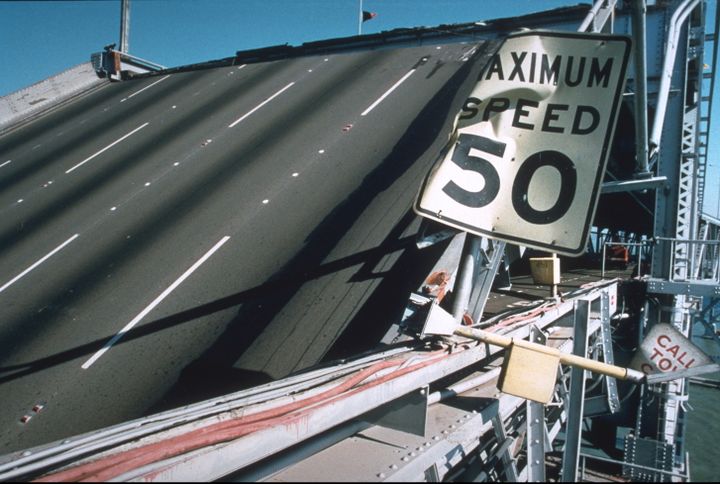
By now, you have likely heard about the devastation wreaked in Nepal following a large earthquake on April 25. The death toll (in the thousands) mounts by the day as a desperate search goes on for survivors that may have been trapped in the magnitude 6.7-quake.
While it's difficult to know how to help, some organizations have gathered lists on vetted charities (such as this set) that could prove to be a starting point. And there inevitably will be calls to try to use technology to lessen the problem the next time around. Better monitoring programs. Sturdier buildings designed to withstand the shaking. More prevalant disaster warnings to train the population on what to do.
Meanwhile, there is the daunting task of finding survivors, of rebuilding communities, of figuring out how to help the community move forward. More generally and not specifically to Nepal's situation, some experts have been suggesting robots can help during disasters. But others wonder how useful they could be.
Tokyo Electric Power Corp. recently sent two robots inside a reactor there to assess the damage and to best figure out repair strategies. But as Quartz reports, the effort did not go as planned.
"The first of the unnamed snake-like 60 cm (24 in) robots -- which use wheels to roll along in a “C” shape and convert to an “I” shape to shimmy through pipes -- got stuck after moving about 10 meters into the reactor’s ruins on April 10, and was abandoned," the site wrote. "The second robot, which took a different route ... completed its mission, but was also abandoned after it suffered damage to its camera from the high radiation levels."
But despite numerous neat ideas to implement robots (such as this video above), their use in emergency situations remains rare. As of April 21, the Center for Robot-Assisted Search and Rescue suggests that robots have helped in 43 disasters around the world, according to ZDNet. Part of the problem is, like space robots, these machines are just not as flexible as humans, the article suggests -- unless you use them to assist in areas such as taking pictures of a disaster area by drone.
"You can't replace humans in something as sophisticated as emergency response," said CRASAR head Robin Murphy in the article. "You need an expert figuring out what's different about this emergency."
It goes to show you that at least right now, technology can only go so far. That said, the good about humanity is how far we've come in our efforts to help others. Robots may not be quite there yet. But hopefully one day, with the right tools and funding and development, they'll make recovery and prevention efforts even more effective than today.
Top image: It's difficult to know how to rebuild after a disaster. Credit: Wikimedia Commons








